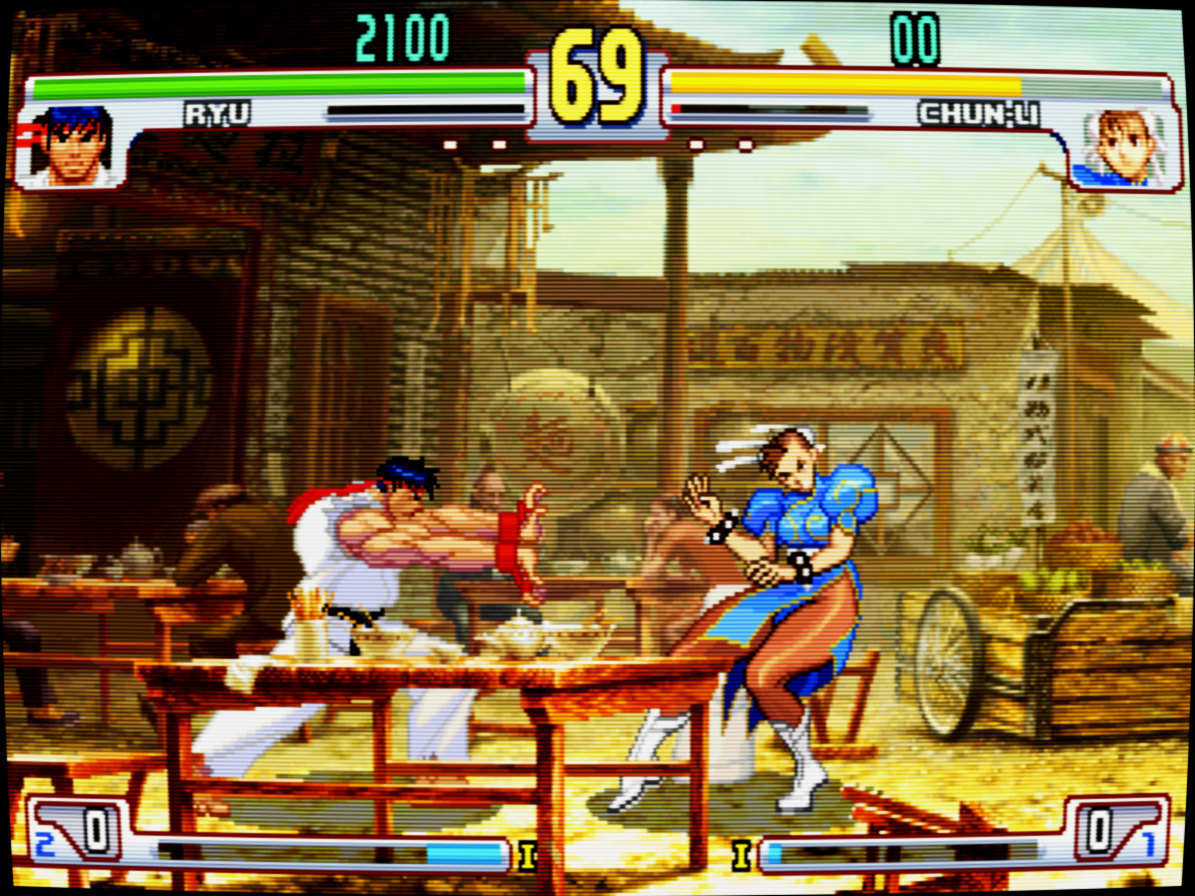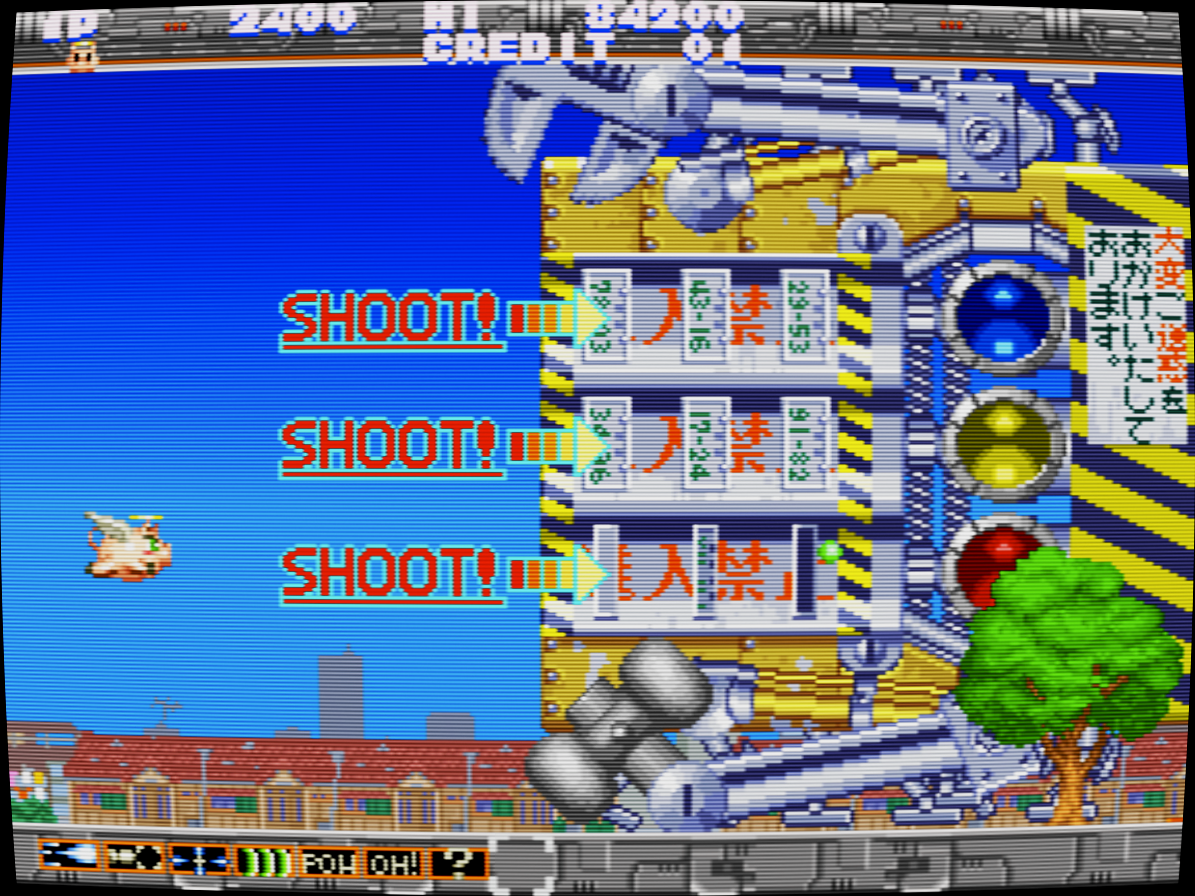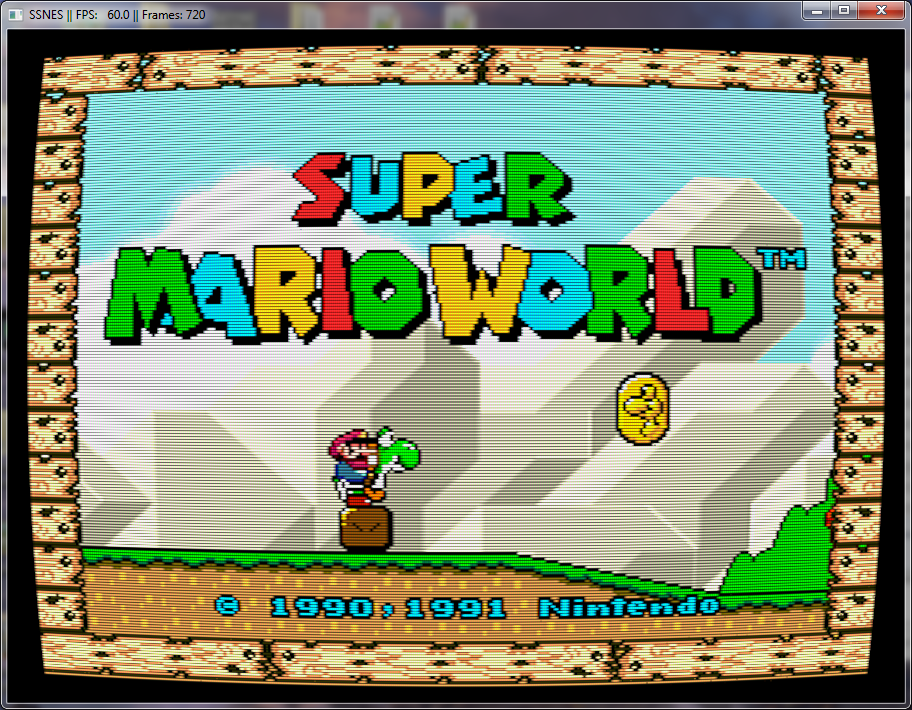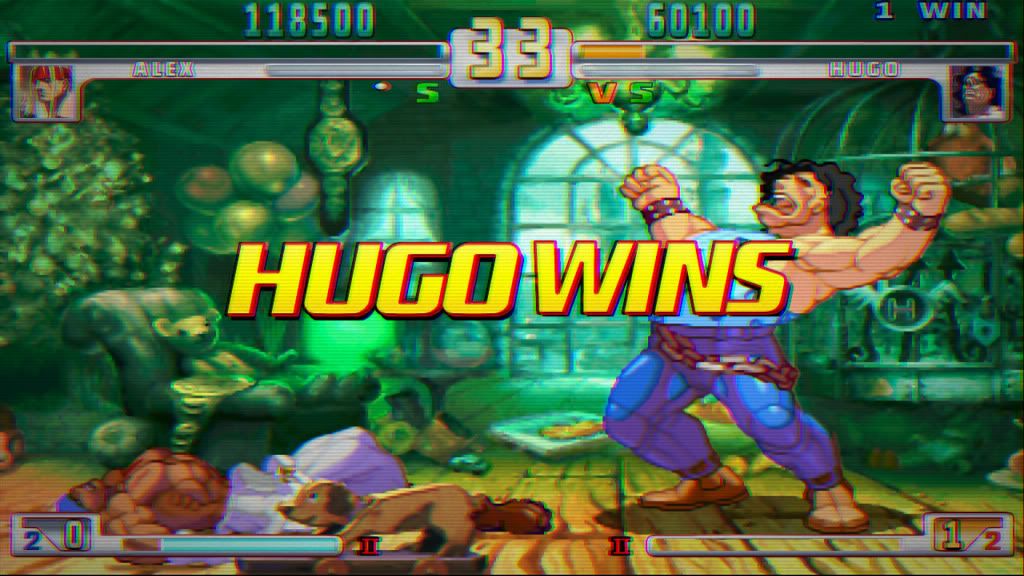For the sake of this Forum's members/readers and given that it seems to be quite the next big story in emulation sites these days, I guess I ought to give my thoughts -- They're far from perfect. Both of them. If they're trying to mimic very poor-quality CRT's, they're serviceable, I guess, but that's a really silly approach, if you ask me. To quote Eboshidori from one year ago:
Many people in the emulation scene wants to recreate the feel of the CRT, but they have in mind that the picture tube gives "genuine" dirty visual, with lots of defects. They focus on the bad points (not on the right behavior of the beam under the best conditions). I can't stand this, because I'm an ardent supporter CRT precisely because this technology gives you the best picture at any resolution, if you feed it with a good signal.
The MAME one claims to be quite configurable so maybe the result can get better --closer to Ronan's efforts here or to the Metal Slug screenshot by Tain in this other thread [ > ]--

...but I'm not confident at all on how that actually works in motion -- most games need to use an anisotropic scaling for a 4 : 3, full-screen ratio, to start with. And anyway, that still would not be perfect especially on an LCD display, and only works with highly intricate graphic styles like the one above:

Eboshidori's samples were a much better approach than the HLSL filter (not to mention BSNES') since he was trying to replicate tension mask/Trinitron's grid. The problem is that it needs a way higher resolution for acceptable results (one which is quite higher than current LCD benchmarks, by the way). I wish I could link to his samples here, but he did it in our hidden subforum and I believe he prefers to wait till it's finished before unveiling it publicly. Ronan again tried to apply a bidirectional pattern at lower resolutions, but failed:
The problem, beyond LCD's inherent issues --which will be hardly avoidable until we're on Super High Vision [ > ] or above--, is the lack of experience with good CRT's and good RGB signals, even with those in the emulation scene. The lack of proper visual documentation, given the difficulties to capture the CRT picture as it actually is also helps:






